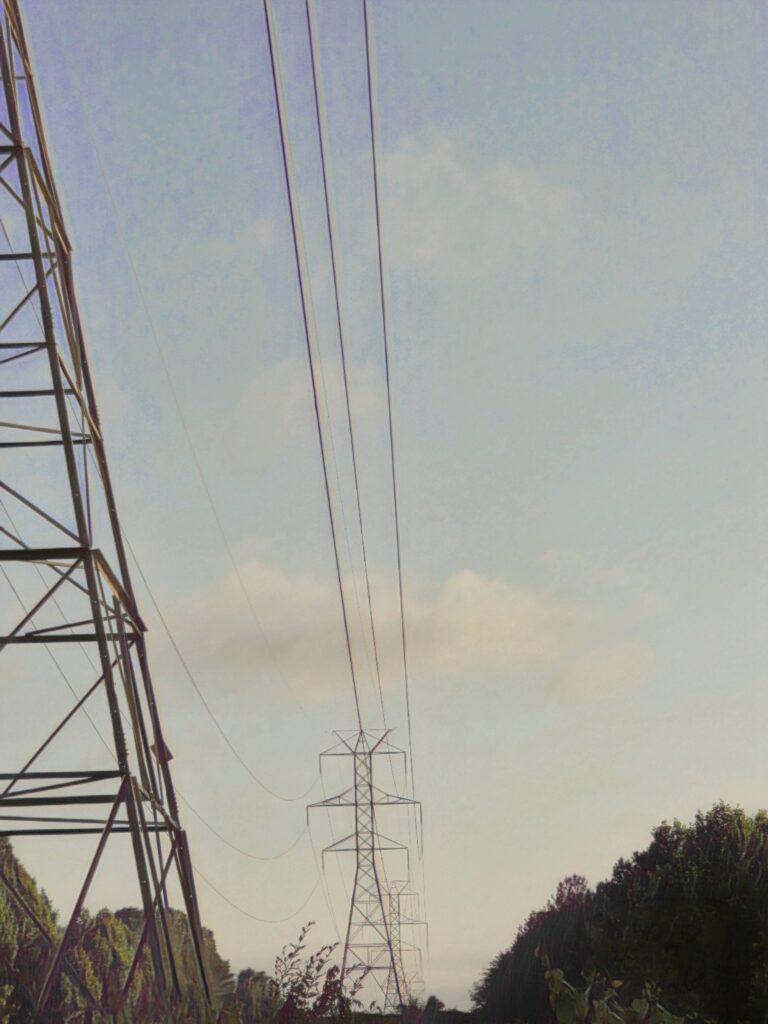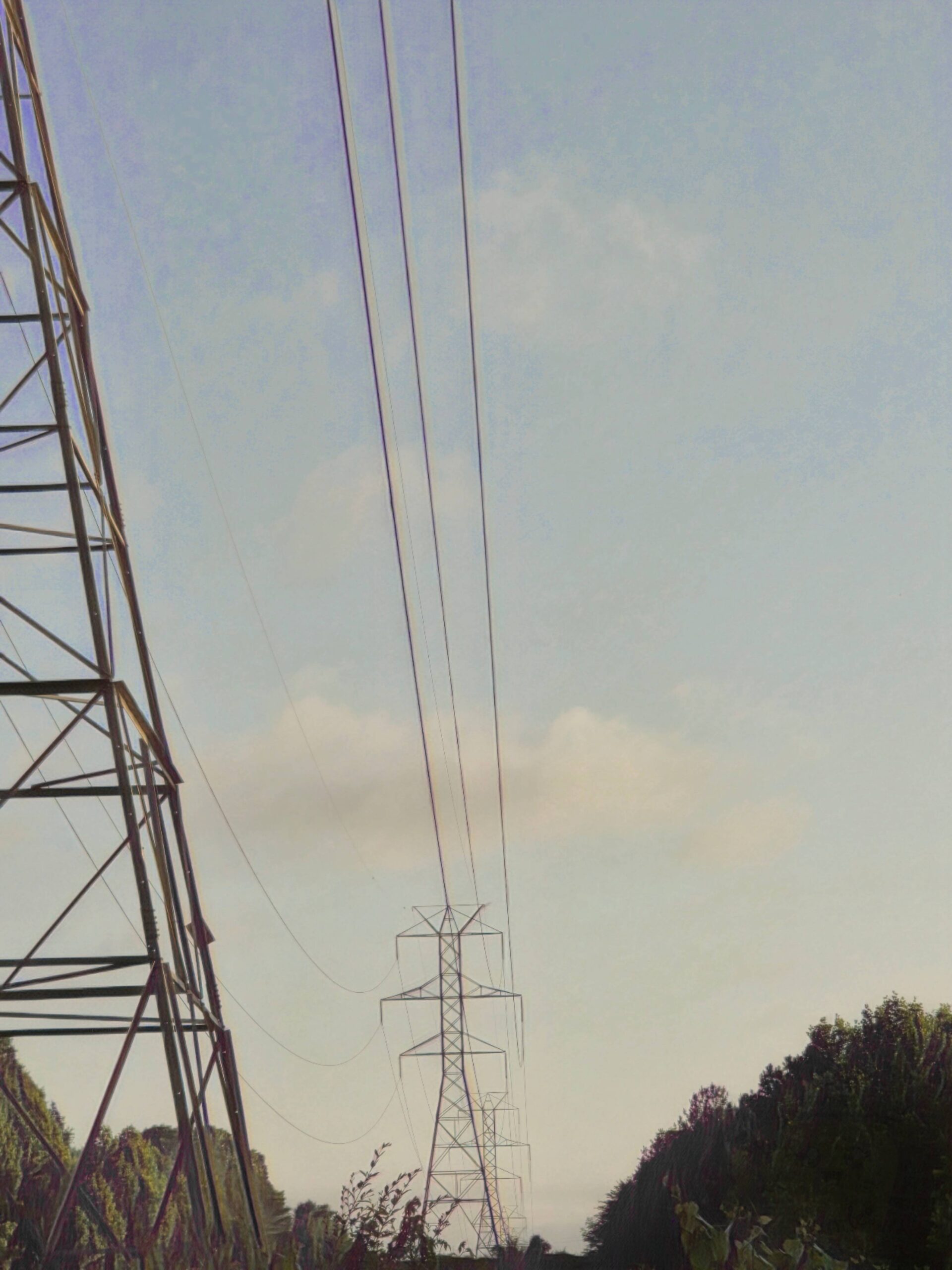I’ve worked in several kinds of jobs throughout my life, like fast food management, photo editing, forklift driver, inventory control specialist, and customer service just to name a few. No matter where I worked and no matter the job, I always compared it to keeping a dam from leaking, plugging up the holes that formed with my fingers. The companies never took the time or effort to rebuild the dam properly; some didn’t even know they had visible cracks. Instead, I had to spread myself thin, being in the right place at the right time, always needed where others couldn’t reach. Yet no matter how much I did, someone would ask if I could help them with more. Subconsciously, I was always playing a version of Twister where I was spread in the most ridiculously gerrymandered positions to fill the needs of those around me. The expectation was clear: I was needed everywhere all at once, and that constant pressure left me burning out.
I often thought about how people, even my bosses, told me to slow down, but slowing down only led to things slowly dropping below my own high standards. I knew that my standards were higher because of parts of my inner world that no one ever really saw or acknowledged fully. Instead of understanding the needs of each person, the system demanded more and more, even when I felt that I had to do extra work outside of my role to maintain consistency. I became so good at doing everything that no one ever saw where the real problem began.
I was in a position where I felt like a fuse, meant to absorb the strain while everything around me deteriorated. I realized that the constant patching was not the solution, but a sign of a structure that needed to be rebuilt with better integrity. Not completely dismantled, but re-engineered so that the load is more evenly distributed, the responsibilities clearly assigned, and the energy of people valued instead of exploited. At the very least, make sure that the people doing the bulk of the work are being compensated fairly. I imagined a day when measures like thoughtful delegation or even a cultural shift in how we define success could ease this relentless pressure.
I think about what a rebuilt dam might look like. Perhaps it starts with a better alignment of roles and boundaries. It might mean clearing the physical and mental space for rest and strategic thinking. It might be a blend of new technology, revised procedures, and a renewed focus on well-being that even the company can invest in without simply counting the cost in money lost. There is so much to change, so many small steps that could lead to a more resilient structure.
What would an environment that respects these limits and focuses on sustainable excellence truly feel like? What immediate changes could ease the burden of always having to be everywhere at once? I find these questions resonate deeply with my experience, and I continue to explore them as part of a larger narrative that challenges the status quo. I seek not just to survive, but to thrive in a system that acknowledges the constraints of human limits. I refuse to be silent until we begin mending the cracks in this dam.

A row of transmission towers connected by power lines disappearing into the distance

Leave a Reply